
IMAGE: Reversed Volumes by Mischer’Traxler, via Dezeen.
Viennese designers Mischer’Traxler showed these gorgeous bowls at this year’s Milan Design Week. The series is called Reversed Volumes, and each bowl is created by moulding ceramic powder around a vegetable until it hardens—no firing necessary.
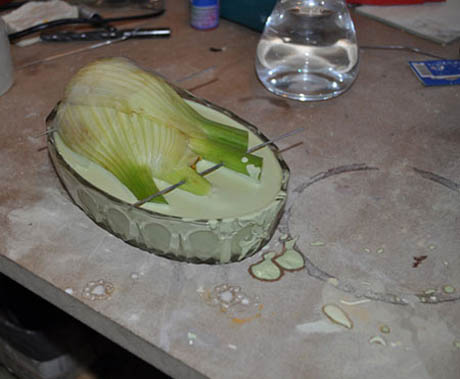
IMAGE: Reversed Volumes by Mischer’Traxler, via Dezeen.
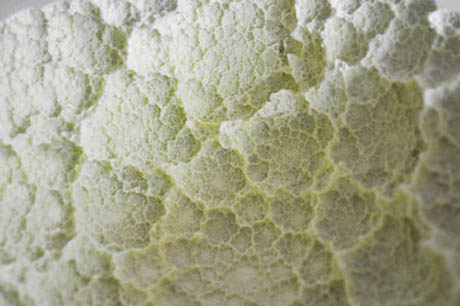
IMAGE: Reversed Volumes by Mischer’Traxler, via Dezeen.
These fossil shadows of vanished organic forms are the opposite of a vegetable, both materially and figuratively. They offer us a new way of knowing a cauliflower: by what it isn’t. I’m reminded of Rachel Whiteread’s House, in which the artist filled a Victorian terraced house in London’s East End with liquid concrete and then dismantled the building to reveal “a monument made up of void spaces.”
In both cases, the familiar and domestic is made foreign through the spaces it has left behind.

IMAGE: House, by Rachel Whiteread, via.
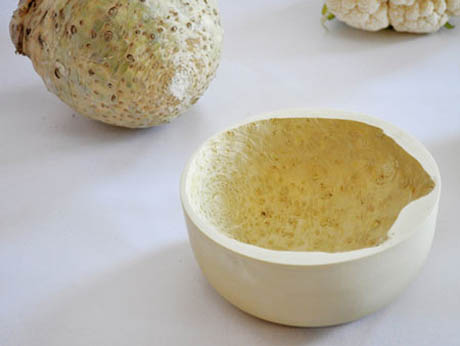
IMAGE: Reversed Volumes by Mischer’Traxler, via Dezeen.
Finally, Mischer’Traxler’s bowls remind us that vegetables are already a designed object—a morphology of domestication and breeding. For example, the varying shapes of cauliflower, broccoli, kohlrabi, cabbage, and kale all share a common ancestor in wild mustard. Eating from a Reversed Volume bowl is a reminder that our food is never “natural”—it is always already designed. The interesting question is: what stories can those designs tell us about ourselves?
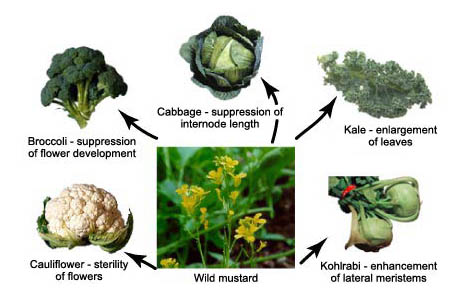
IMAGE: Morphological evolution through artificial selection, via.
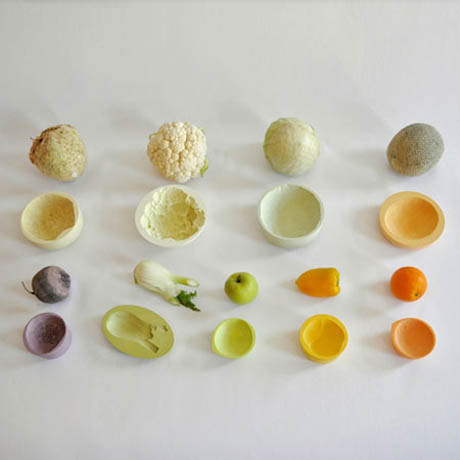
IMAGE: Reversed Volumes by Mischer’Traxler, via Dezeen.
[NOTE: Thanks to David Garcia, creator of the fantastic MAP series, for the tip.]

